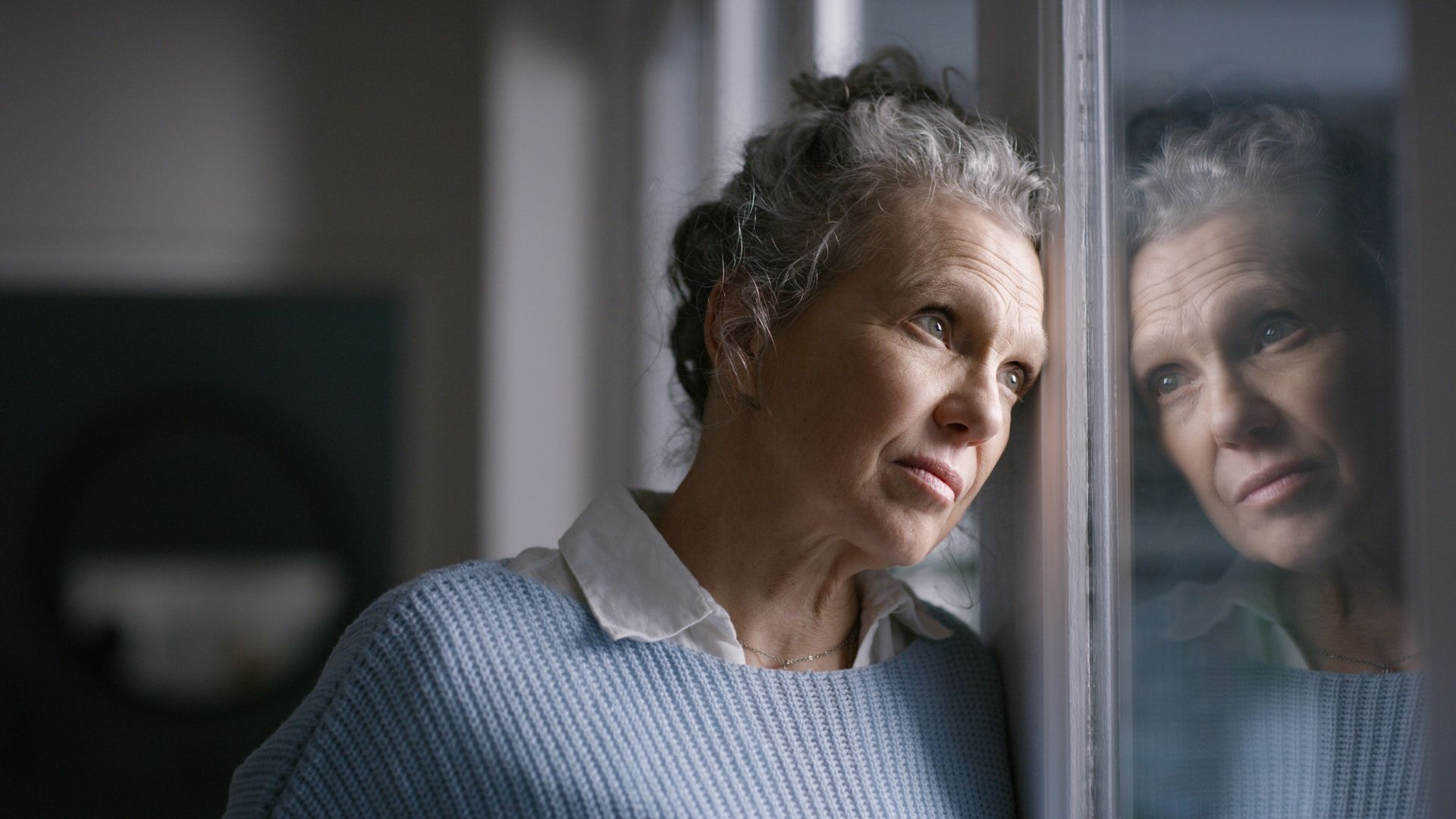Updated on April 18, 2024
Parkinson’s disease is a neurodegenerative disease that affects the brain. While the exact causes of the condition are not fully understood, Parkinson’s disease causes the deterioration of brain cells that produce dopamine. Dopamine is a neurotransmitter—a chemical that nerve cells use to communicate with other nerve cells. It plays an essential role in movement, moods, memory, sleep, and many other aspects of neurological function and overall health.
Symptoms of Parkinson’s disease
The four main symptoms of Parkinson’s disease are motor symptoms (symptoms that involve movement):
- Tremors. Shaking or trembling movements in the hands, arms, legs, jaw, and/or head.
- Muscle stiffness. Also called “rigidity.” The arms and legs may appear stiff and inflexible and lose normal range of motion. A person may have difficulty sitting down or getting out of a chair.
- Slowed movement. For example, moving slower than normal when standing up or getting dressed. The clinical term for this is bradykinesia.
- Impaired balance and coordination. A person may only be able to walk with small, slow steps, will have difficulty stopping themselves from falling, and may freeze when trying to move around people or objects.
Parkinson’s also causes non-motor symptoms, which include depression, difficulty with speaking and swallowing, problems with bladder control, constipation, sleep disorders, fatigue, and cognitive changes.
Treatment for Parkinson’s disease
There is no cure for Parkinson’s disease, but there are treatments that can reduce symptoms. The most-often used treatment is a combination of medications called levodopa-carbidopa. Levodopa supplies the brain with a chemical it needs to make more dopamine and carbidopa helps reduce the side effect caused by levodopa.
A treatment plan may also include other medications, surgical procedures, physical and occupational therapy, social support, and other therapies that aim to reduce symptoms and improve quality of life.
Off times and motor fluctuations
When a medication takes effect, symptoms like those described above should be reduced (if the medication is working effectively). As a medication wears off, symptoms return. This is known as “off times,” “on-off times,” and “motor fluctuations” (though it often involves motor symptoms as well as non-motor symptoms).
Off times are an important topic to discuss with a healthcare provider, and recognizing and addressing off times is an important part of a treatment plan. Treatment for off times may include:
- Adjusting the timing or frequency of when you or a loved one takes levodopa-carbidopa.
- Taking a different formulation of levodopa-carbidopa, such as an extended-release formula or controlled-release formula.
- Adding a medication called a COMT inhibitor (catechol O-methyltransferase inhibitor). This medication slows the breakdown of levodopa, which can help prolong the effect of a dose of levodopa therapy.
- Adding a medication called a MAOB inhibitor (type B monoamine oxidase inhibitor) which slows the breakdown of dopamine, which helps keep dopamine levels more consistent.
- Adding a medication called a dopamine agonist. These medications do not increase dopamine levels but have a similar effect on the brain as dopamine.
- Surgical treatment with deep brain stimulation (DBS). DBS involves the implantation of a device that delivers electric impulses to specific parts of the brain. These impulses increase activity to the parts of the brain affected by Parkinson’s disease and help reduce symptoms.
Parkinson’s disease varies from person to person, affecting people in different ways, and there is no one best approach to treatment. If you or a loved one is living with Parkinson’s disease and experiencing off times, your best source of information on treatment will be your healthcare provider.





